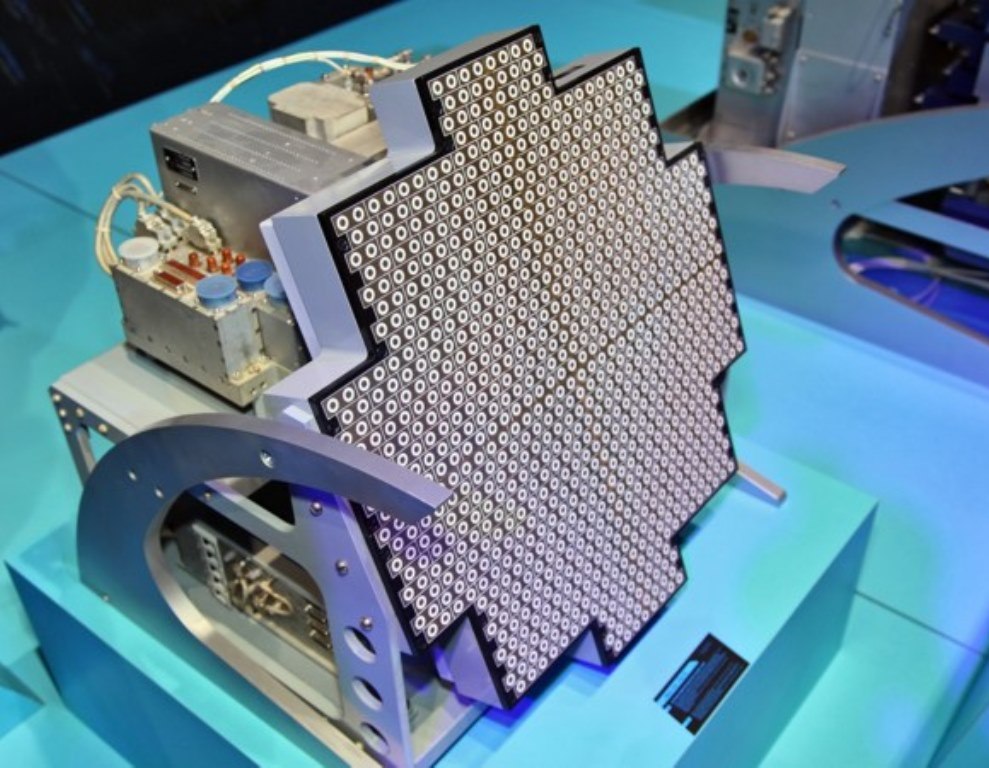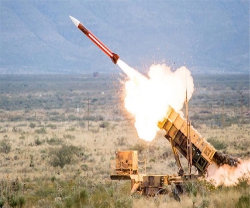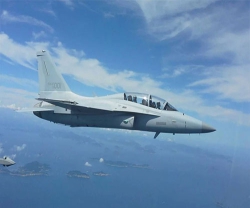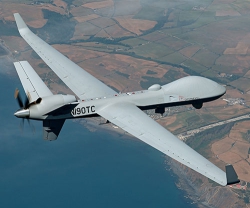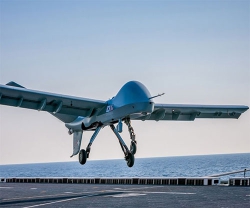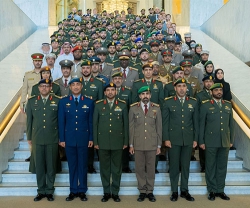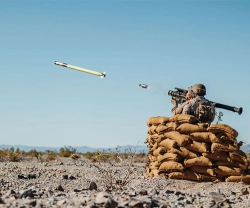Future US, Russian, Chinese Fighters to Have Photonic Radar
Brian Wang; nextbigfuture.com28.08.2018 Asia
Russia, China and the USA will have ultra-high resolution photonic radar on future planes to spot and target stealth fighters. Russia has started to invest in military applications of photonic radar technology. The Pentagon has a lead with photonic radar technology. The Pentagon has several photonics-based technology development programs underway for radars, signals intelligence and other applications.
It is believed photonic radar would provide the ability to detect stealth fighters at longer ranges perhaps as far as 300 miles.
Photonic radar would also be small and light enough for drones.
Real-time and high-resolution target detection is highly desirable in modern radar applications. Electronic techniques have encountered grave difficulties in the development of such radars, which strictly rely on a large instantaneous bandwidth. In this article, a photonics-based real-time high-range-resolution radar is proposed with optical generation and processing of broadband linear frequency modulation (LFM) signals.
A broadband LFM signal is generated in the transmitter by photonic frequency quadrupling, and the received echo is de-chirped to a low frequency signal by photonic frequency mixing. The system can operate at a high frequency and a large bandwidth while enabling real-time processing by low-speed analog-to-digital conversion and digital signal processing.
A conceptual radar is established. Real-time processing of an 8-GHz LFM signal is achieved with a sampling rate of 500 MSa/s. Accurate distance measurement is implemented with a maximum error of 4 mm within a range of ~3.5 meters. Detection of two targets is demonstrated with a range-resolution as high as 1.875 cm. We believe the proposed radar architecture is a reliable solution to overcome the limitations of current radar on operation bandwidth and processing speed, and it is hopefully to be used in future radars for real-time and high-resolution target detection and imaging.
Chinese researchers have proposed and demonstrated a photonics-based real-time high-resolution radar applying optical signal generation and de-chirp processing within a compact configuration. The LFM signal generated by optical frequency quadrupling has a very large bandwidth that is required in a high-resolution radar.
Besides, photonic de-chirping of the reflected echoes avoids the use of electrical frequency conversion and high-speed ADCs, making it possible for real time processing of a broadband signal in radar receivers. Performance of the proposed method is investigated through an established radar operating at K-band with an 8-GHz bandwidth. The experimental results confirm the feasibility and good performance of the proposed radar scheme, which is a promising solution for real-time ultra-high-range-resolution target detection.

